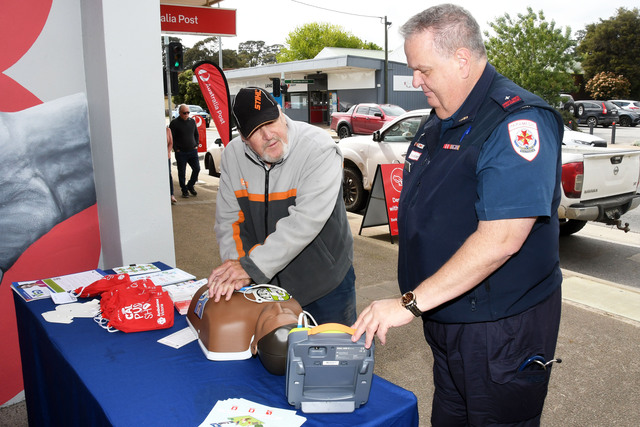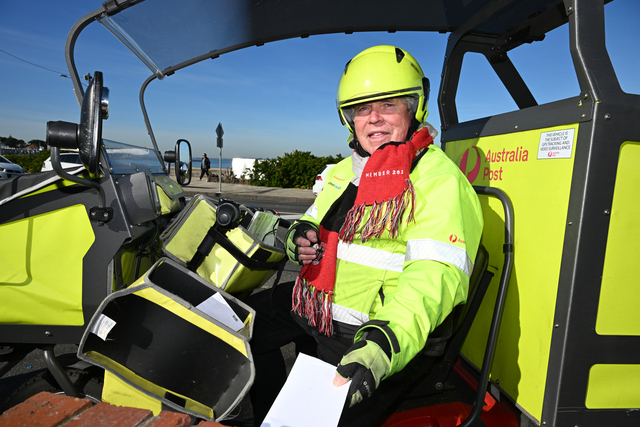New research shows Victorians are now more likely to survive a cardiac arrest than 20 years ago, thanks to increased bystander intervention.
The study, supported by Ambulance Victoria, found Victorians who experience a bystander-witnessed initial shockable out-of-hospital cardiac arrest (OHCA) in 2021-22 were three times more likely to pull through than two decades ago.
The Victorian Ambulance Cardiac Arrest Registry (VACAR) was used to assess more than 102,000 OHCA cases attended by emergency medical services in Victoria between January 1, 2003 and December 31, 2022.
In 2022, figures showed Victorians were 4.5 times more likely to receive bystander cardiopulmonary resuscitation (CPR) compared to 2003.
Rates of bystander defibrillation from publicly accessible automated external defibrillators (AEDs) also increased 22-fold during this time.
AV Director Research and Evaluation Dr Ziad Nehme said the data reflected a positive change in bystander intervention.
“Sudden cardiac arrest is a major public health challenge so it’s great we’re seeing more people willing to jump in and help,” he said.
“We know survival after out-of-hospital cardiac arrest depends on the chain of survival and quick bystander intervention.
“This is why boosting the responsiveness of community members to these events is critical.”
This study is one of the first to examine long term trends in 12-month patient outcomes.
Dr Nehme said the improved survival rates further supported paramedics’ call for Victorians to be familiar with Call, Push, Shock.
The research paper is available online at Wiley and was published in the December issue of the MJA website.







